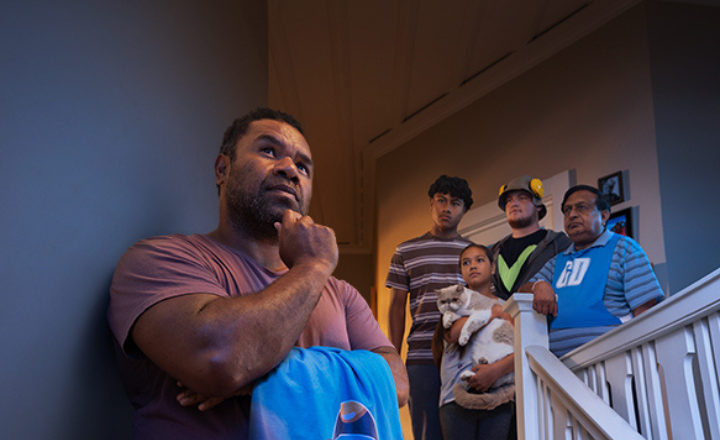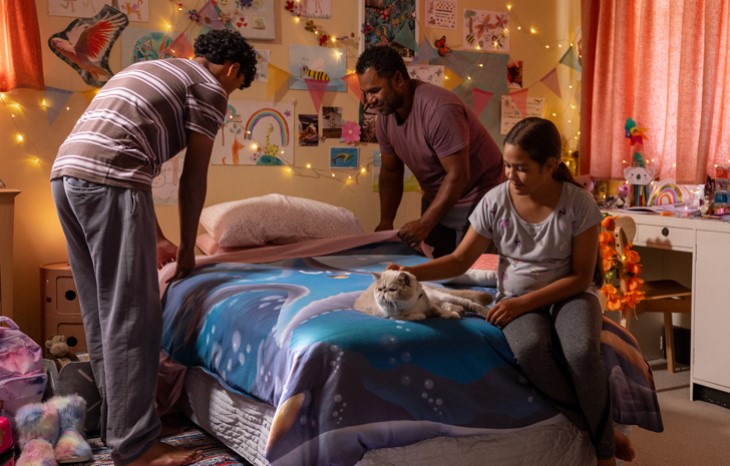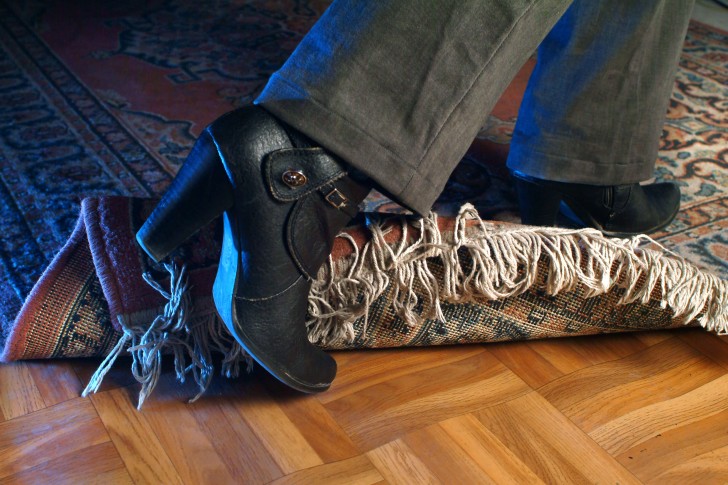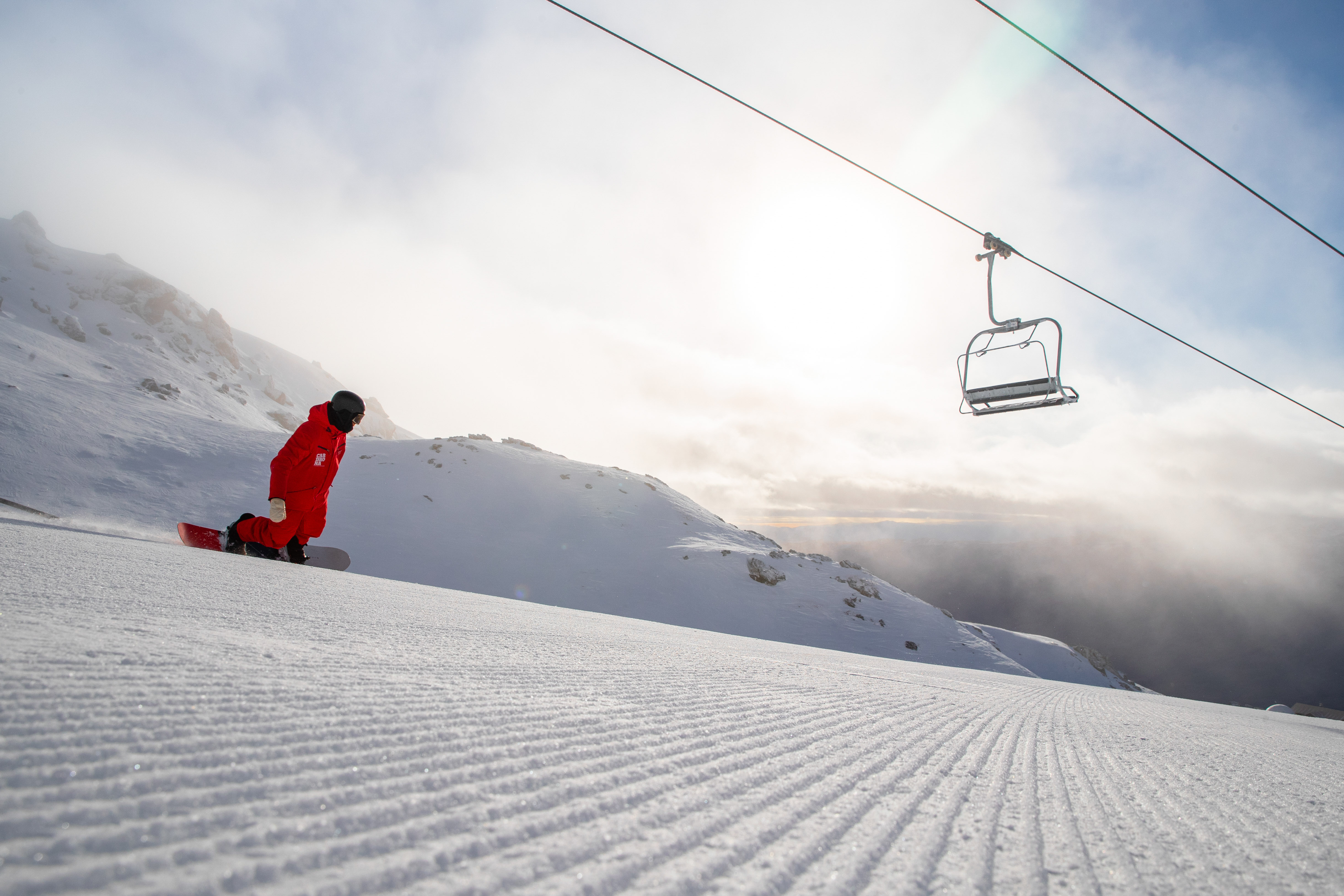Is your home safe this winter?

Home is where the heart is – but, unfortunately, it’s also where most injuries occur. Contrary to popular thinking, you’re more likely to hurt yourself around the home than at work or out doing your favourite things.
As temperatures remain chilly, we’re all looking to spend more time in and around the home.
But did you know you’re more likely to get injured around the home than anywhere else?
And conditions can be more even more hazardous during the colder winter months, ACC Injury Prevention Leader James Whitaker says.
In 2024, we received over 237,000 claims for injuries that occurred around the home during winter. It cost $290 million to help people recover from those injuries.
“It’s important to be extra cautious around any potentially icy or slippery surfaces around your home,” James says.
“A nasty fall can have serious implications on your own physical and mental health, as well as on those around you.”
Injuries don’t just affect the injured person, James says. There are flow on effects for their family, friends and workmates.
“If you hurt yourself slipping over, you might not be able to be as involved with your kids or grandchildren, and your workmates may need to take on some of your tasks,” he says.
The rate of home-based injuries when compared to activities generally perceived as being more dangerous is surprising, James says.
“We spend a lot of time at home and are probably more laid back than we might be in a work environment, which probably has a lot of safety measures in place,” he explains.

Hidden danger lurks at home
James says there are a lot of hidden risks in the home.
Around 1.3 million of the 2 million injury claims ACC accepts every year occur in our homes and communities – that’s 65 per cent of all claims.
Trips and hazards are the main culprits, leading to falls being the most common cause of injury.
“Around 40 per cent of all home-related injuries are from falls or loss of balance,” James says.
“The second-biggest danger in the home is moving stuff around – lifting, carrying and straining account for around 18 per cent of all home-related injuries.”
The good news is we can prevent most winter injuries if we ‘have a hmmm’ at home.
James says there’s no harm in delaying some tasks to reduce the risk of injury.
People are much more likely to get injured if they’re rushing, tired or aren’t focusing entirely on the task they’re tackling, he says.
“To stay injury-free, take some time to get your energy back, and do one thing at a time, instead of doing everything all at once.
“Too often, we’re trying to lift things that are way too heavy, too bulky and awkward, and we’re doing it in ways that hurt.
“Think to yourself, is this the best way to carry in my firewood? Could I do it in a few smaller loads or with a wheelbarrow to stay injury-free? The same goes with washing – moving a few lighter loads is far better than piling everything into a basket all at once.
“Regardless of what you’re moving, have a nice straight back, avoid twisting and try to keep it as light as possible.
“When you’re about to tackle a task, take the time to ‘have a hmmm’ before you get stuck in – think about the best ways to avoid injuries and then do things the safest way so you can get the job done.”

Winter home injuries by the numbers
Since 2020, we’ve received over 1,166,000 claims for injures around the home during winter. It has cost $1.6 billion to help people recover from those injuries.
Most injury claims in 2024 came from people aged 50 to 64. There were 16,912 from the 50 to 54 age group (which came at a cost of $25.6 million), 16,732 from the 55 to 59 age group ($25.2 million) and 17,160 from the 60 to 64 age group ($27.3 million). Those aged over 85 years lodged 13,265 claims but cost more to support with their recoveries at $28.3 million.
Females and males lodged a similar number of claims last winter, with females at 128,992 ($148.6 million) and males at 107,898 ($141.2 million).
Auckland had the highest number of claims and cost (83,910 claims / $97.5 million), followed by Canterbury (28,246 / $37.9 million), Waikato (23,532 / $31.2 million), Wellington (17,287 / $21.6 million), Bay of Plenty (16,816 / $21.1 million), Otago (11,801 / $14.9 million), Northland (11,523 / $12.1 million), Manawatū-Whanganui (10,736 / $15.3 million), Hawke’s Bay (10,189 / $10.8 million), Taranaki (5,560 / $7.5 million) and Southland (4,458 / $5 million).
The most prevalent accident causes last winter were loss of balance/personal control (65,310), lifting/carrying/straining (45,365) and slipping on foot (18,618).
Most claims were for soft tissue injuries (150,738), followed by laceration/puncture/sting (42,667) and fracture/dislocation (14,541).
Walking or running (31,622) was the most common prior activity to injury, followed by lifting/lowering/loading (28,058) and recreation/sporting activity (15,293).
Items commonly associated with winter that caused injury last year included hot water bottles (445), heater (369), hot drink (294), blanket (296) and wheat bag (16).





